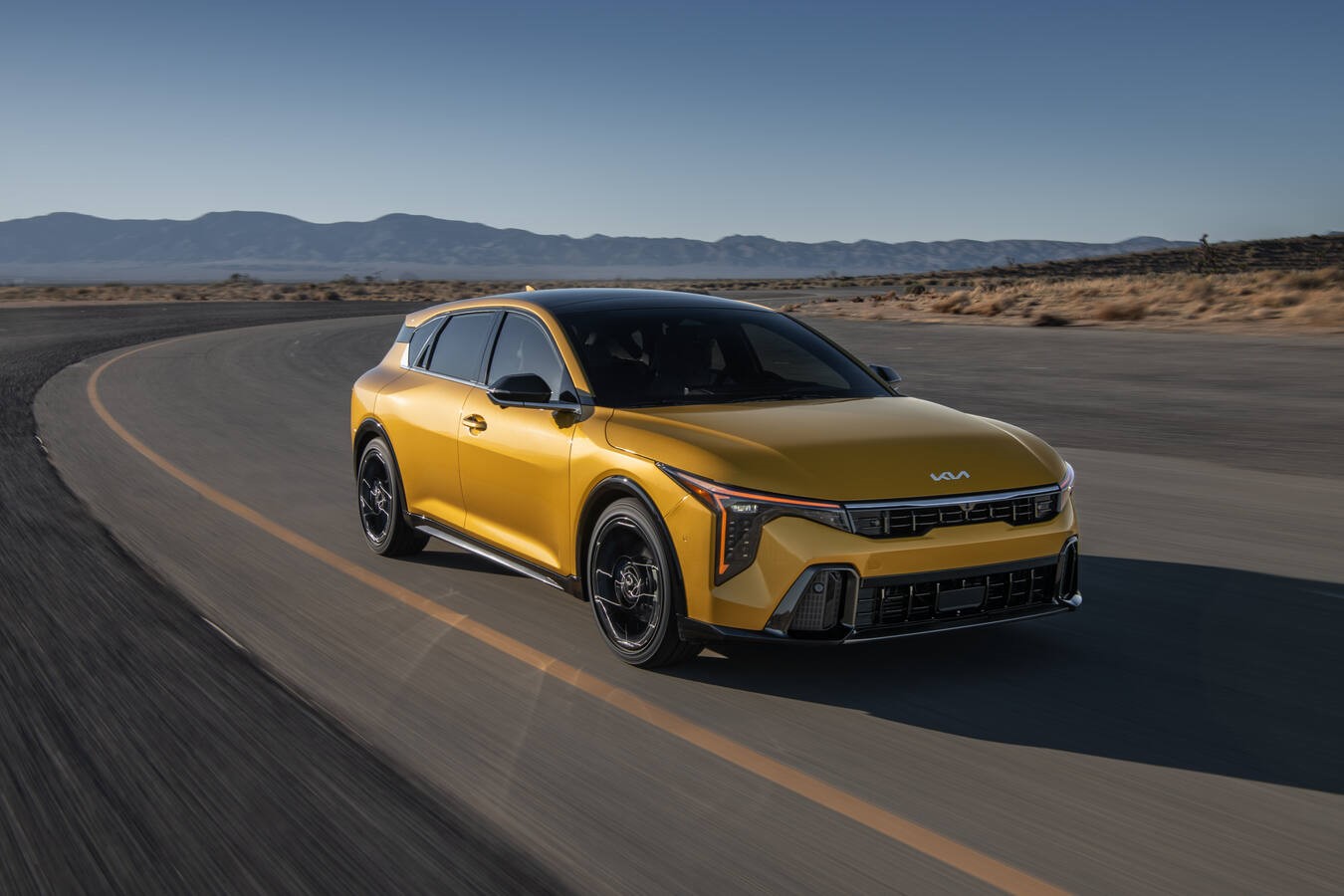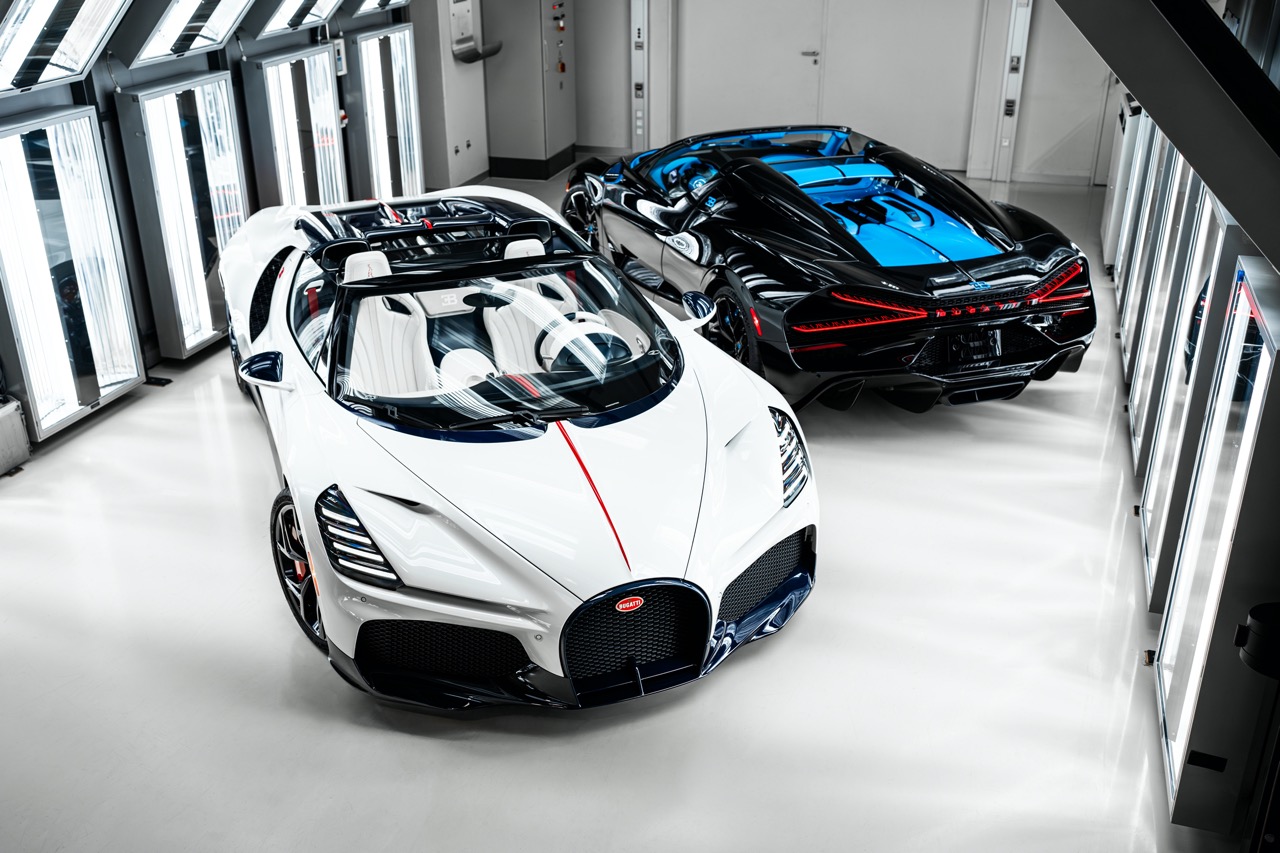The F1 races in Malaysia and Singapore have always been physically the toughest due to the high temperatures and high humidity. This year, the drivers must also cope with the haze though it does not seem to have been mentioned as much of a problem.
The steel beams underpinning the concrete of the Esplanade Bridge are magnetised and the magnetic fields created are strong enough to interfere with some sensors on the cars. Therefore, teams replace some sensors with special sensors that are less susceptible to interference. In order to prevent the magnetic field impacting the hydraulic valves in the gearbox, they are shielded with what’s called ‘mu metal’ (a special nickel alloy which is effective against magnetic fields) – only used in Singapore.
The first ever F1 race at night was run at the Marina Bay Circuit in 2008. There were concerns about whether the lighting conditions would be good enough to ensure safety, especially on a narrow street circuit. The organisers installed 1,600 lighting projectors around the circuit and no one has ever complained of conditions being unsafe due to inadequate illumination.
Drivers can lose around 3 kgs of weight through sweating over the course of the race, due to the incredibly high temperatures and humidity. Fluid loss is also a factor for team members, so keeping hydrated is crucial. The recommended amount of fluid intake on a hot day ranges from three to five litres.
Drivers change gear about 62 times during one lap of the Singapore circuit, the second most number among current circuits. In the 2018 race, Lewis Hamilton completed 3,100 gear changes and Valtteri 4,140.
The drivers and crews do not change their ‘body clock’ to Singapore time, which means that when the race starts in the evening, it will be like their usual afternoon timing in European events. Therefore they stick to European time and routines, having breakfast at midday and lunch around 6 pm. Dinner times vary depending on the day and workload but are usually from 1 am onwards. The drivers will go to bed around 6 am to get 8 hours of sleep.



























